Einleitung
Wärmebildkameras sind keine Röntgengeräte. Sie können zwar nicht durch Wände oder Glas sehen, bilden aber Temperaturmuster auf Oberflächen ab. Bei Inspektionen können sie Probleme wie Lecks, Isolationslücken oder elektrische Störungen aufzeigen, bevor diese kritisch werden. Im Folgenden finden Sie sechs Punkte, die oft übersehen werden, aber in der Praxis zu besseren Ergebnissen beitragen können.

1. Auflösung ist nicht gleich Klarheit
Eine höhere Pixelanzahl bedeutet nicht immer ein klareres Bild. Die thermische Empfindlichkeit, auch NETD genannt, entscheidet oft darüber, ob schwache Anomalien auftreten. Je niedriger der Wert, desto besser kann die Kamera kleine Temperaturunterschiede darstellen. Eine Kamera mit hoher Empfindlichkeit kann frühzeitig Isolationsfehler oder leichte elektrische Hotspots aufdecken, die anderen möglicherweise entgehen.
2. Reibungsloses Scannen hängt von der Bildrate ab
Die Bildrate bestimmt, wie schnell das Bild aktualisiert wird. Bei Inspektionen in Bewegung, wie z. B. bei Patrouillen, der Brandbekämpfung oder Such- und Rettungseinsätzen, sorgt eine hohe Bildrate für ein stabiles Bild und reduziert Unschärfe. Bei statischen Prüfungen, wie z. B. von HLK-Steckdosen oder Schalttafeln, sind Genauigkeit und Kalibrierung wichtiger als Geschwindigkeit. Wählen Sie entsprechend Ihrer Hauptaufgabe: Scannen in Bewegung oder Messen im Stand.

3. Geometrie formt, was Sie sehen können
Zwei Schlüsselfaktoren sind das Sichtfeld und das momentane Sichtfeld. Ersteres bestimmt die Breite des Bildes, während Zweites das kleinste erkennbare Detail steuert. Kleine oder weit entfernte Objekte können verblassen oder verschwimmen, wenn sie diese Grenzen überschreiten. In der Praxis erzielen Sie bessere Ergebnisse, wenn Sie näher an das Ziel herangehen, ein Teleobjektiv verwenden oder für sehr kleine Details ein Makroobjektiv einsetzen.
4. Emissionsgrad und Reflexionen verursachen Fehler
Glänzende Metalle, nasse Farbe und Glas reflektieren Infrarotenergie und verfälschen die Messungen. Um die Genauigkeit zu verbessern, stellen Sie den Emissionsgrad richtig ein, geben Sie die reflektierte Hintergrundtemperatur ein und kleben Sie bei Bedarf mattes Klebeband als Referenzpunkt auf die Oberfläche. An kritischen Stellen überprüfen Sie die Messung mit einem Kontaktsensor.

5. Keine Supervision
Eine Wärmebildkamera sieht nicht durch Wände. Sie zeigt die Temperatur der Oberfläche an. Dieser Wert kann durch Faktoren beeinflusst werden, die sich dahinter befinden, wie etwa eingeschlossene Feuchtigkeit, versteckte Rohre oder Wärmebrücken in der Konstruktion. Wenn eine Stelle ungewöhnlich heiß oder kalt erscheint, sollten Sie dies als Zeichen für weitere Untersuchungen mit Werkzeugen wie einem Feuchtigkeitsmessgerät oder einem elektrischen Prüfgerät werten.
6. Paletten sind mehr als nur Farben
Farbpaletten dienen nicht nur der Optik. Unterschiedliche Paletten heben unterschiedliche Temperaturverläufe hervor. Durch den Wechsel zwischen ihnen werden subtile Kontraste oft leichter erkennbar. Wählen Sie für Berichte und Screenshots die Palette, die am deutlichsten kommuniziert.

Kurz-Checkliste
· Entscheiden Sie sich für Ihren Haupteinsatzzweck: höhere Bildrate für bewegte Inspektionen, Kalibrierung und Genauigkeit für statische Prüfungen.
· Achten Sie auf den Fokus: Kleine Ziele wie Leiterplatten erfordern oft Makro- oder Teleoptiken.
· Vermeiden Sie Reflexionen: Passen Sie Ihren Blickwinkel oder Abstand an, wenn ein Hotspot verdächtig aussieht.
· Messen Sie sorgfältig: Stellen Sie den Emissionsgrad ein, fügen Sie die reflektierte Hintergrundtemperatur hinzu und verwenden Sie matte Klebebandmarkierungen.
· Präsentieren Sie Ergebnisse klar und deutlich: Probieren Sie verschiedene Paletten aus, um Details hervorzuheben, und dokumentieren Sie die Messbedingungen in Ihren Berichten.


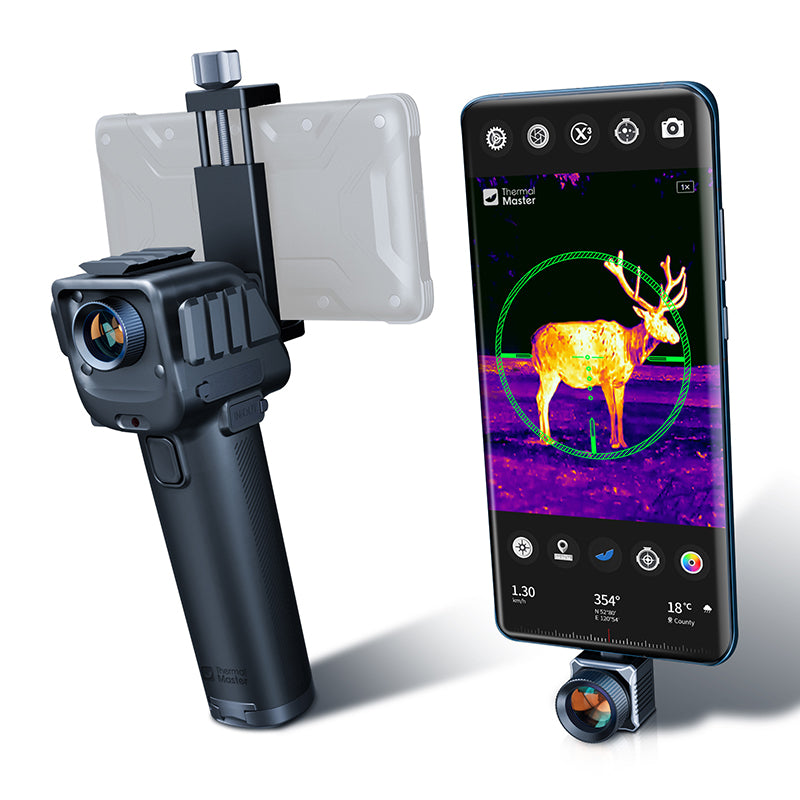
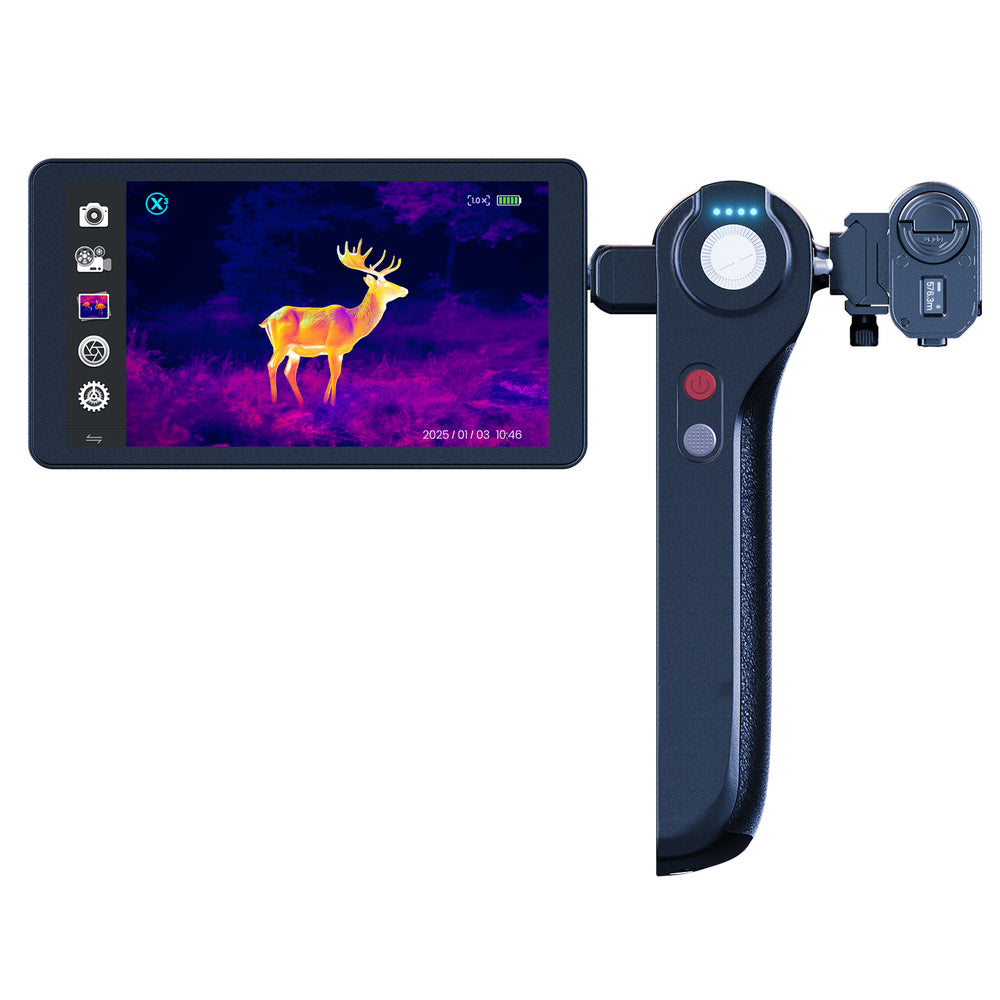
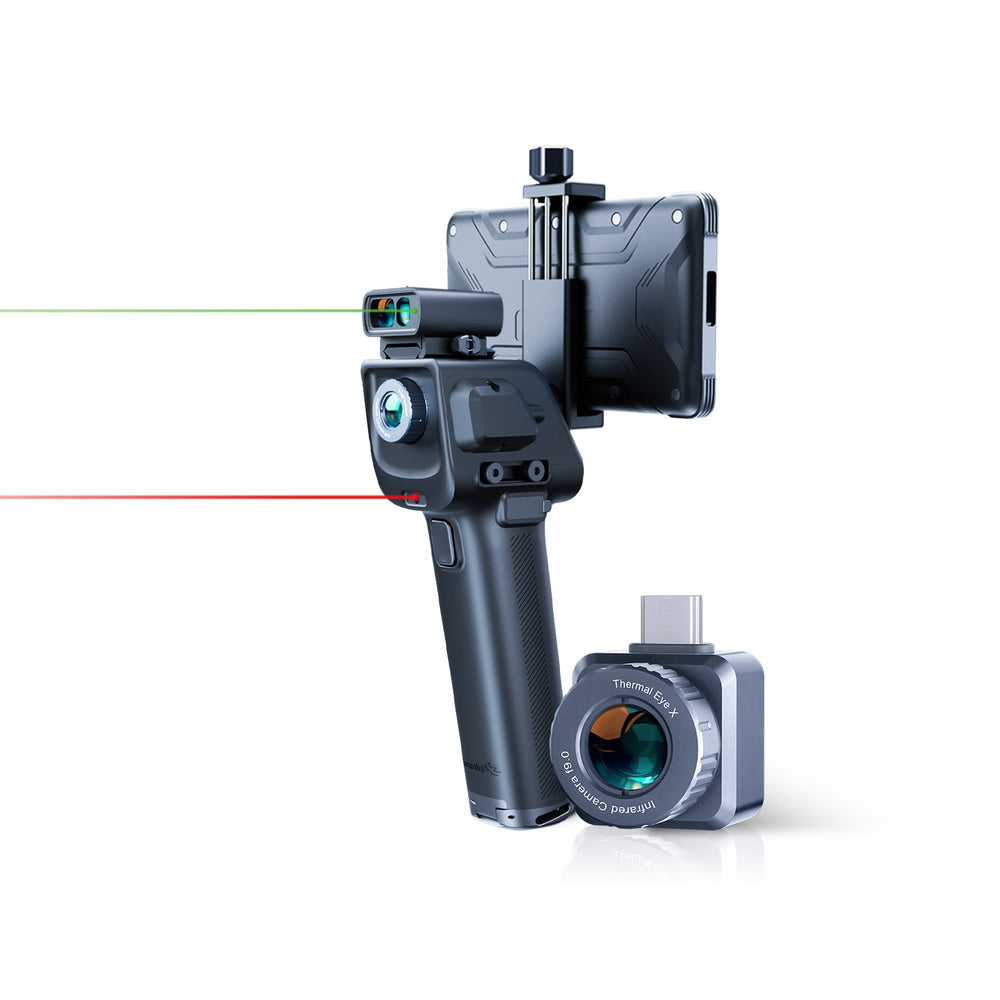
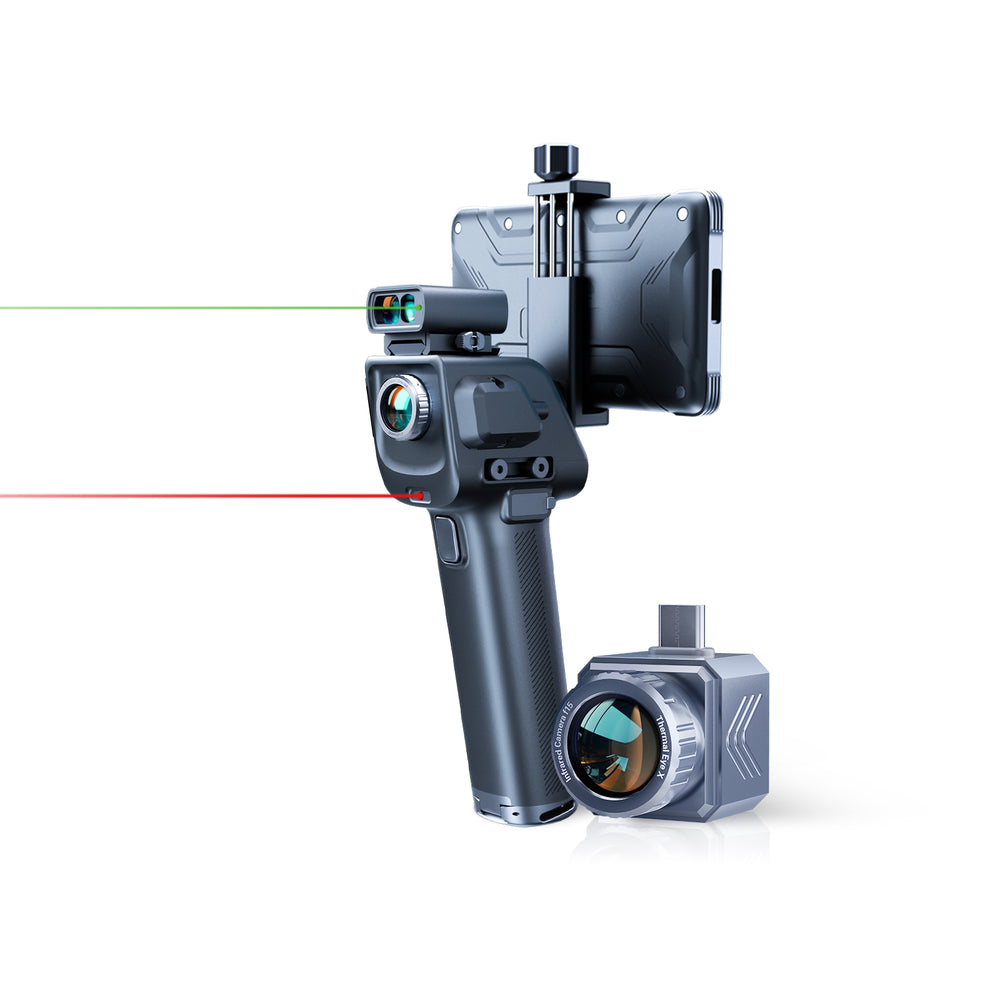
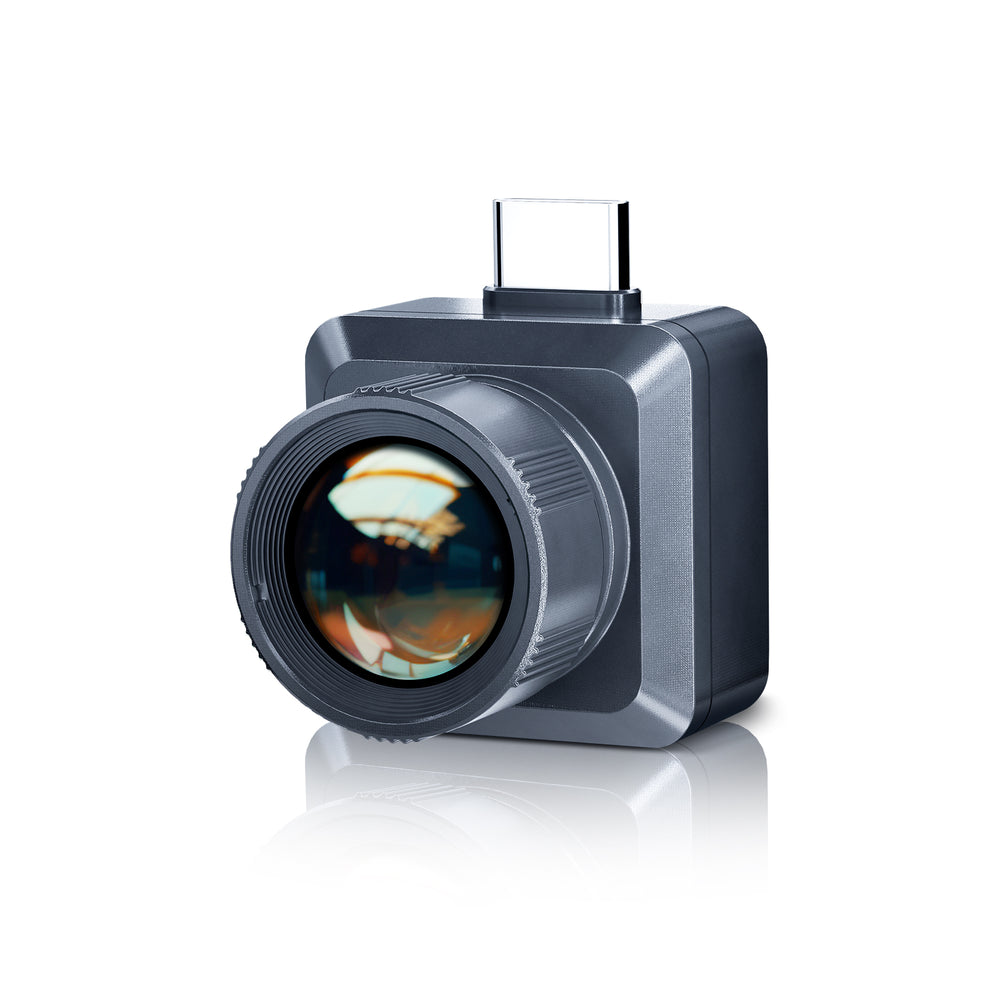
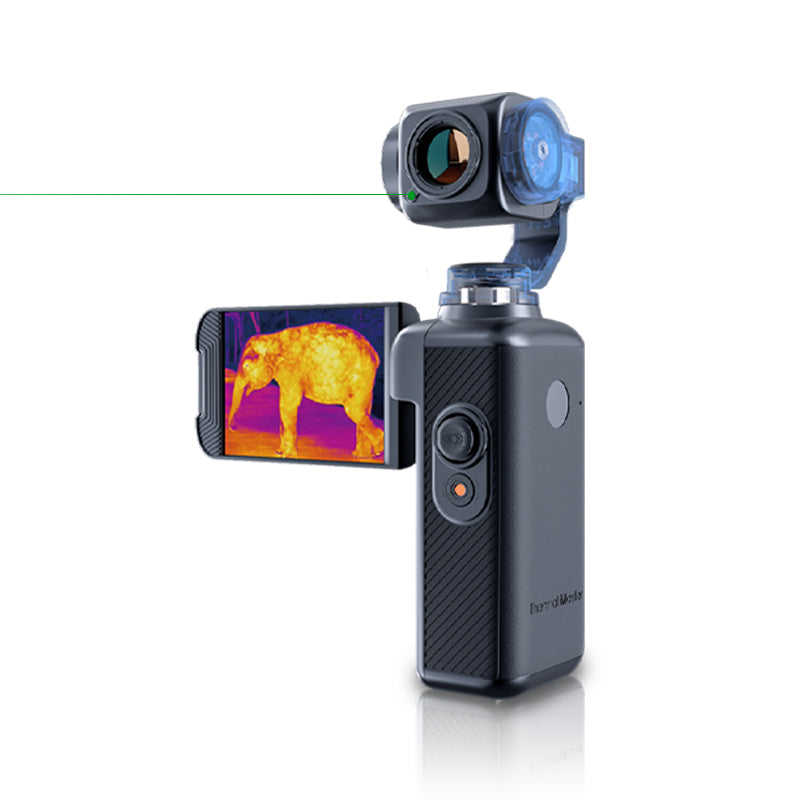
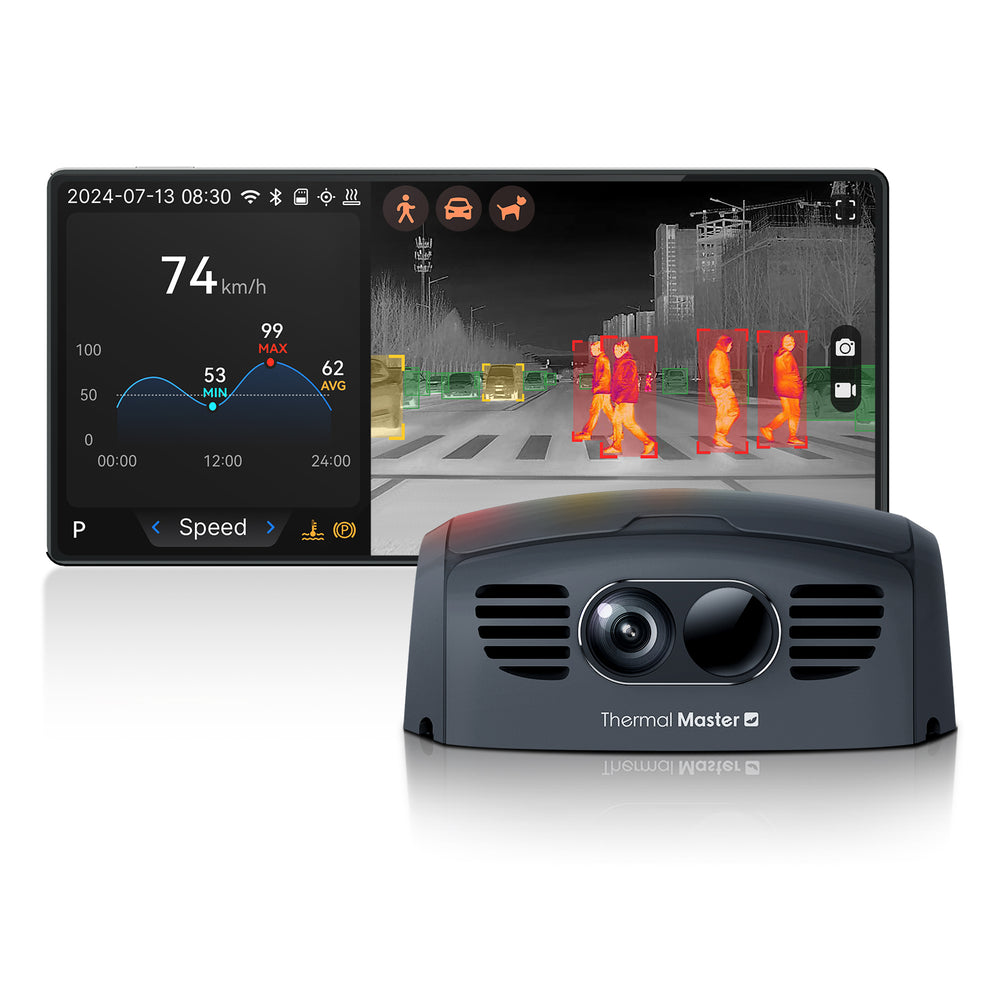
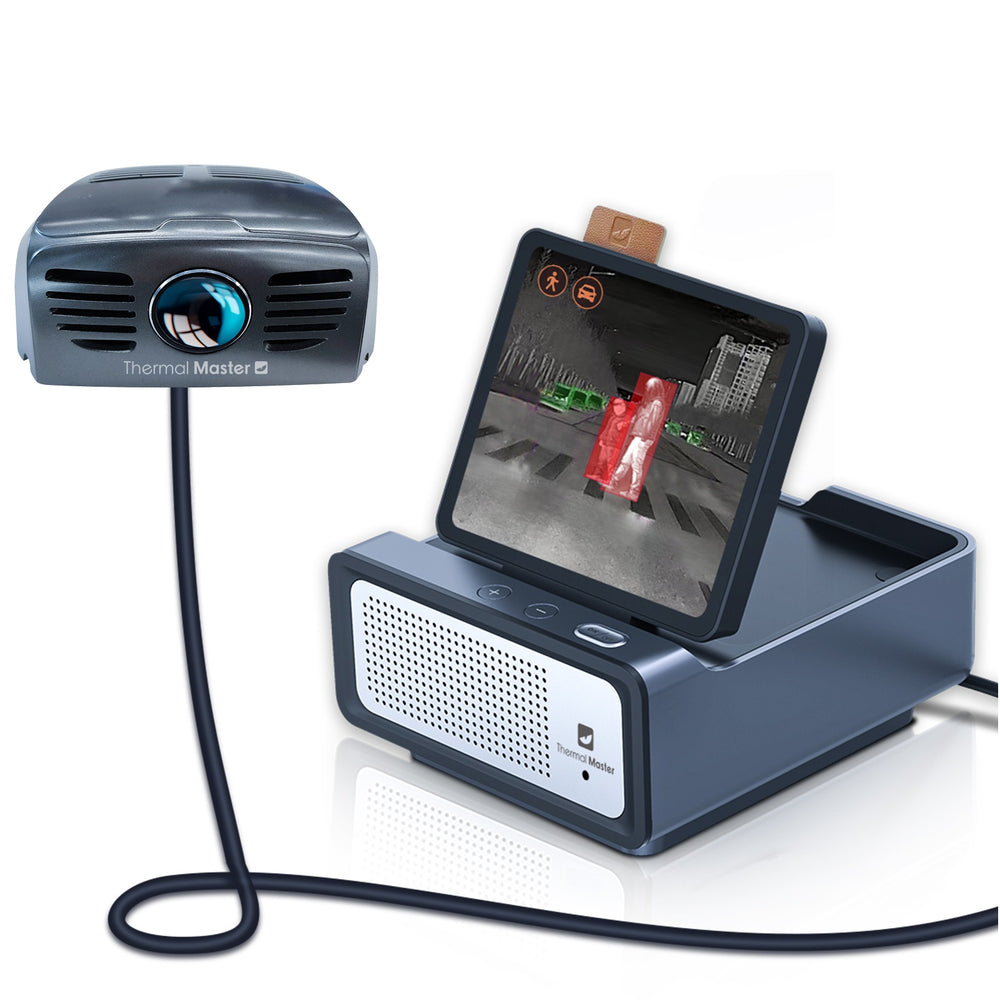
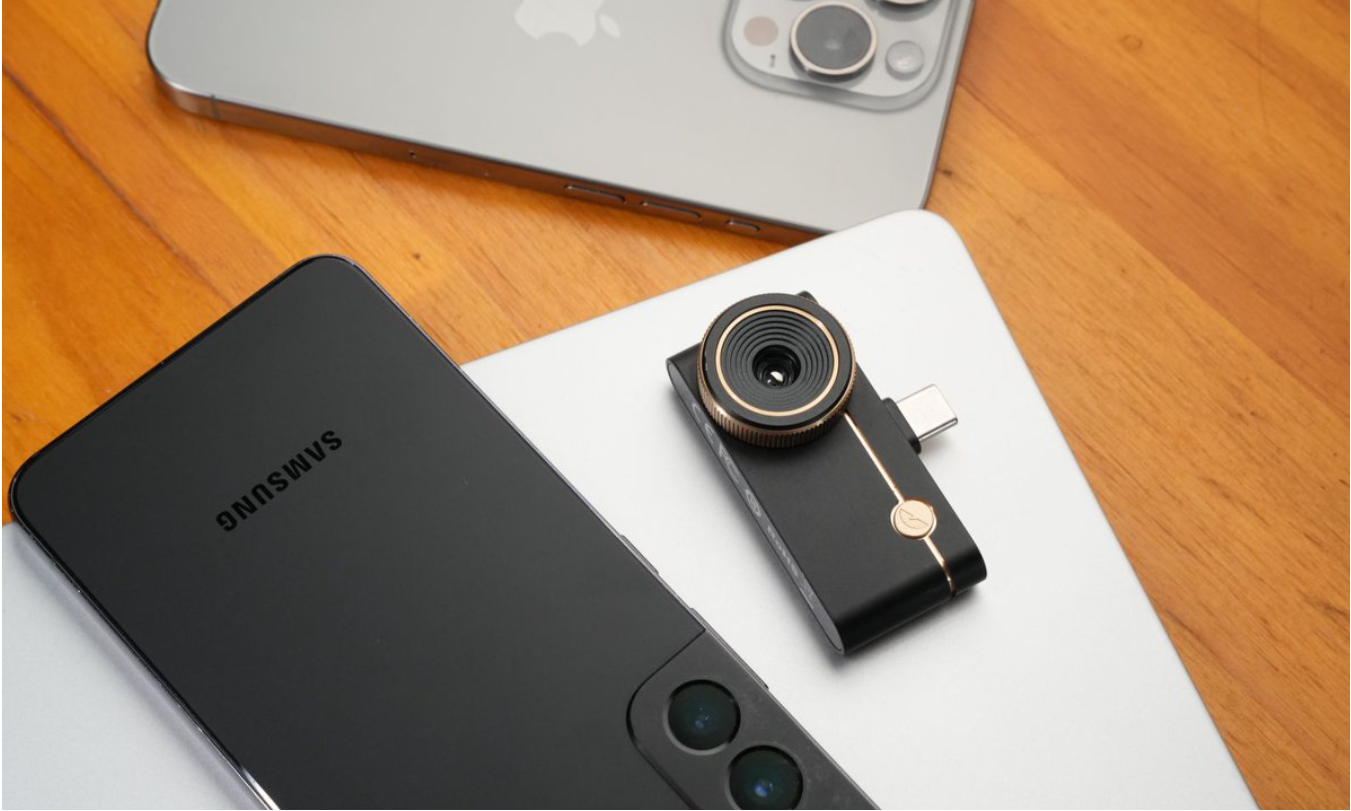
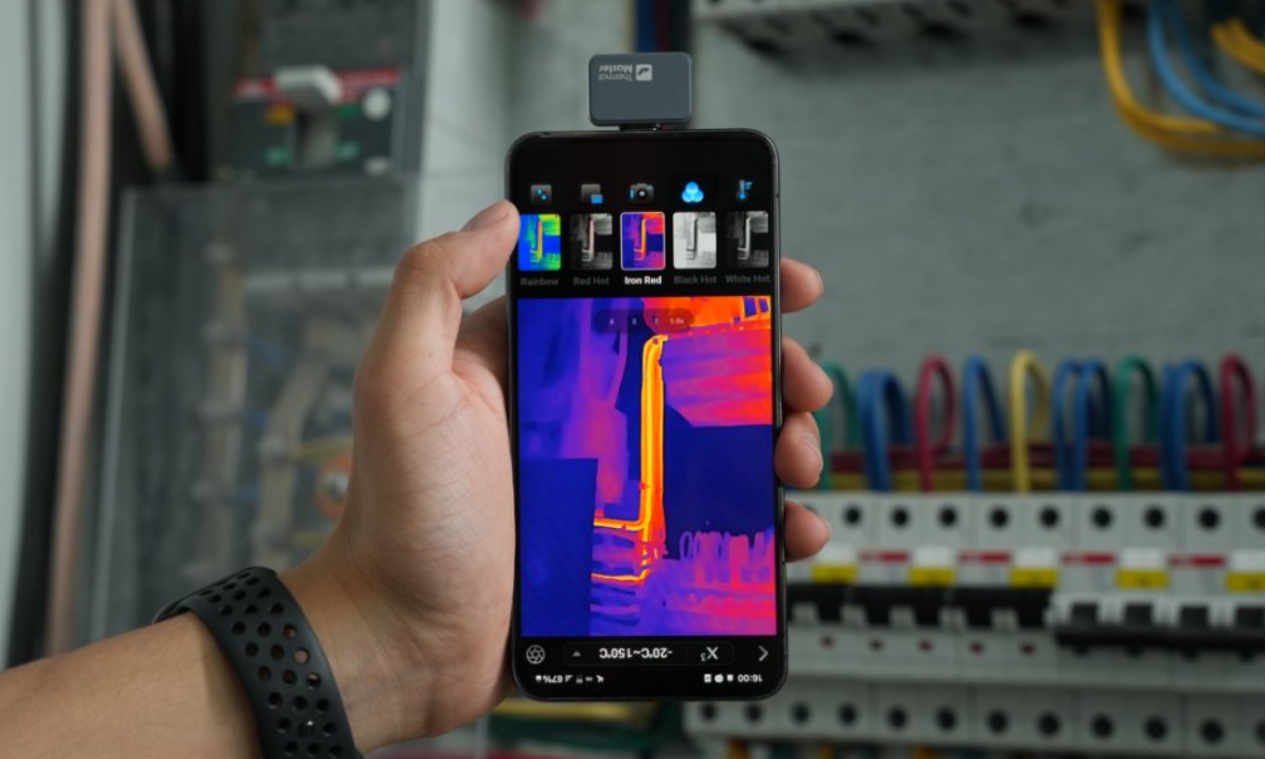
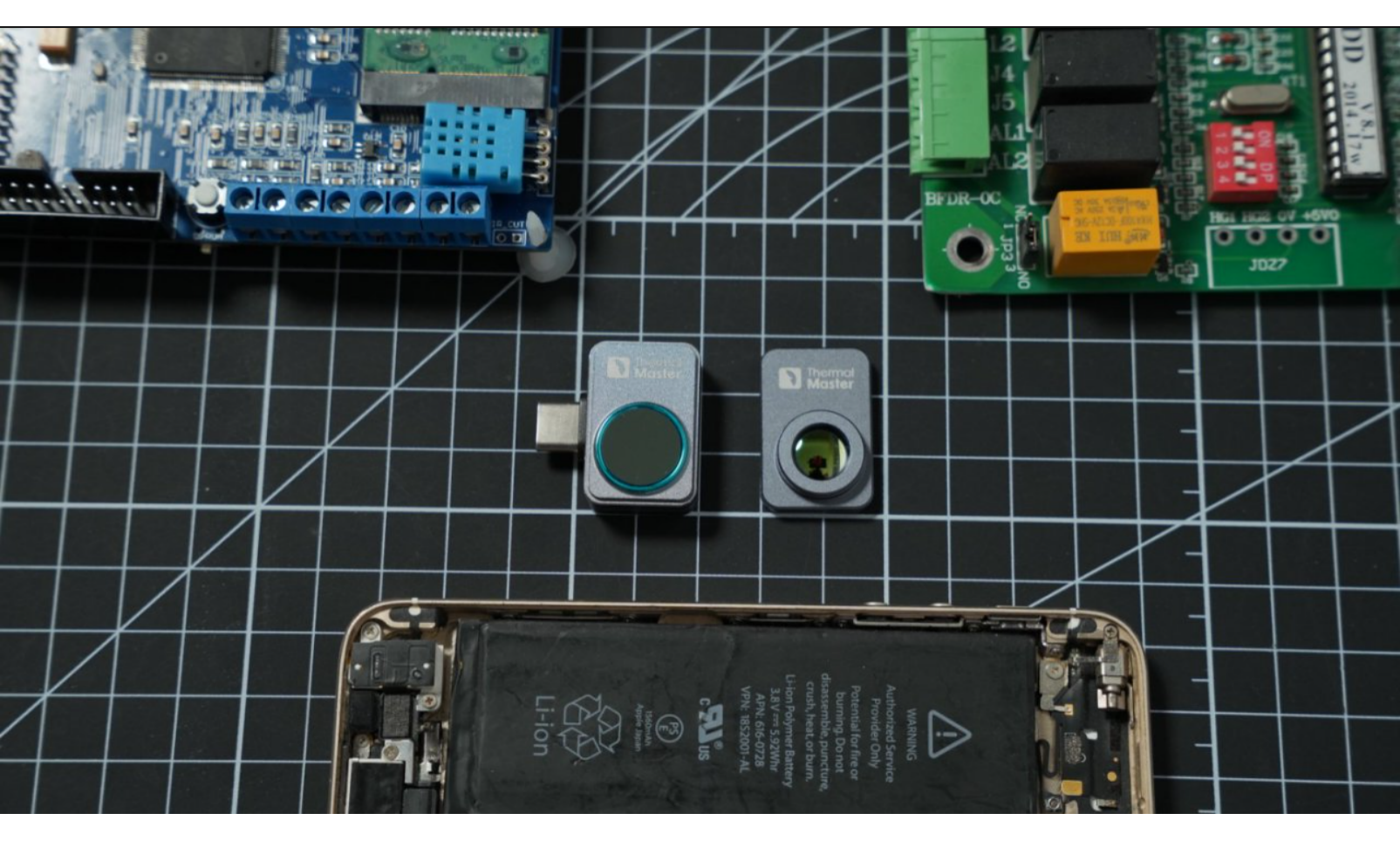
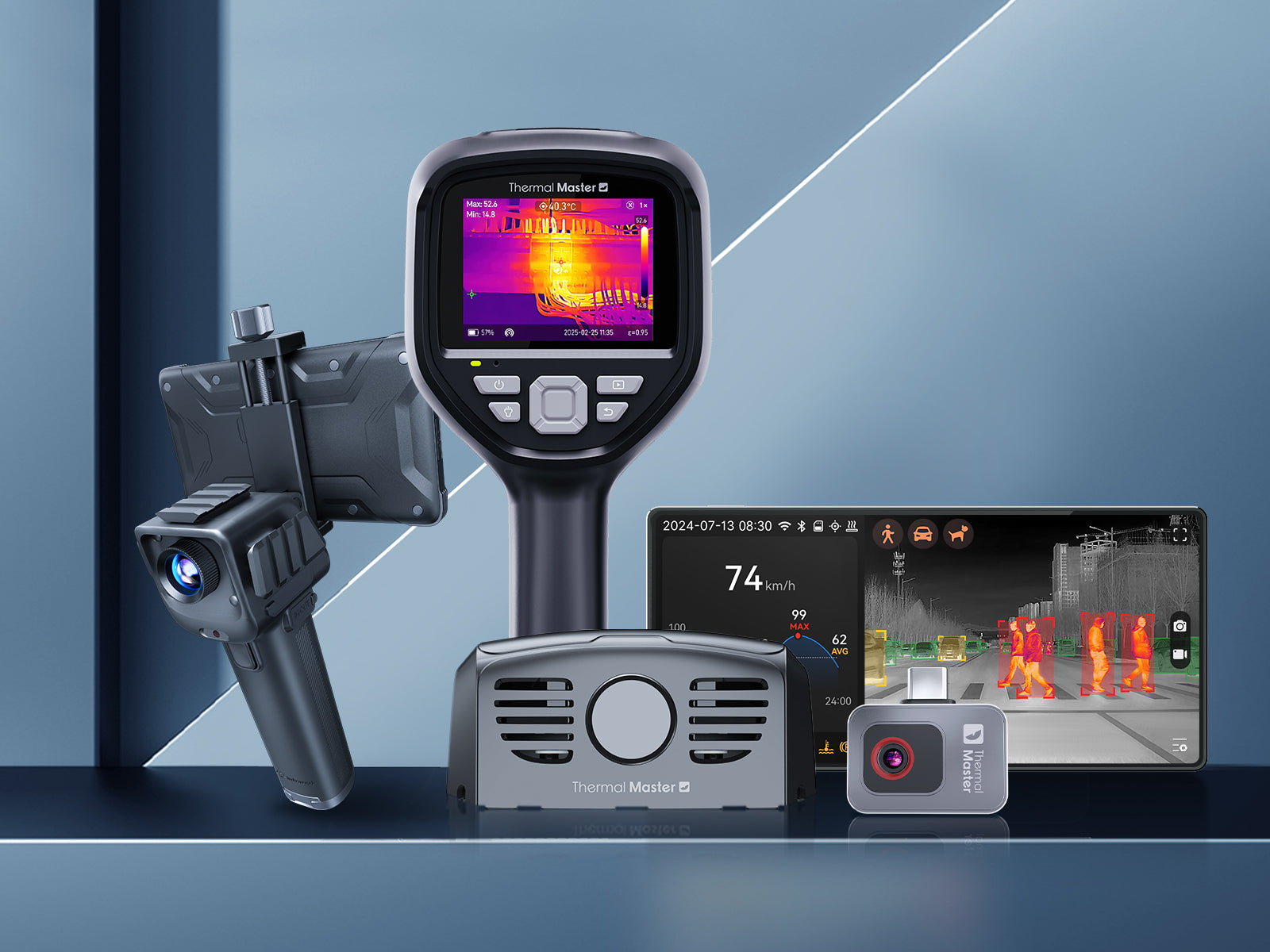
Hinterlasse einen Kommentar
Alle Kommentare werden vor der Veröffentlichung geprüft.
Diese Website ist durch hCaptcha geschützt und es gelten die allgemeinen Geschäftsbedingungen und Datenschutzbestimmungen von hCaptcha.